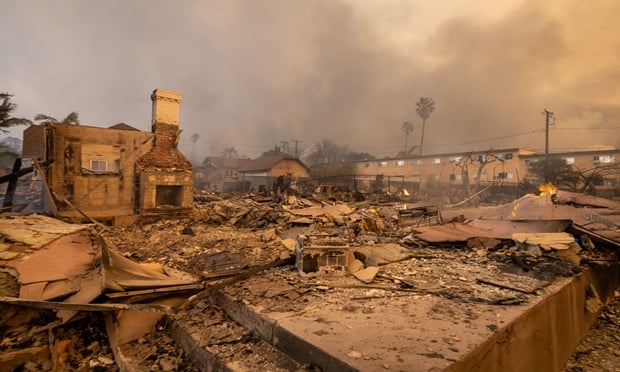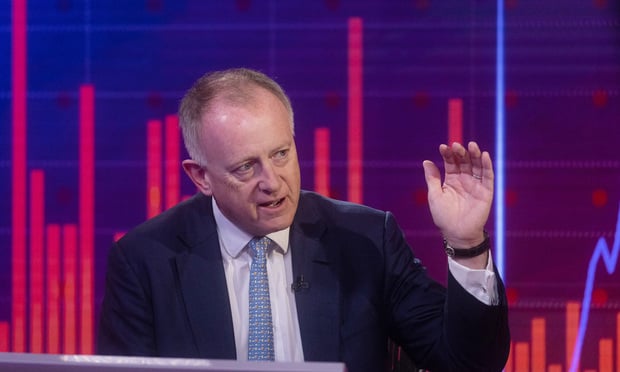When the Panama Canal officially opened 100 years ago, it forever changed the face of world maritime commerce and shipbuilding. Today, nearly $9 trillion in seaborne commerce transits the canal, with more than 12,000 vessels making the trip each year. Of them, some 3,100 are container ships, another 2,900 are dry bulk ships, and around 2,500 are tankers.
The canal is 51 miles long and takes 8-10 hours to transit, but the big limitation is its width. Today, the canal can admit ships up to 4,400 teu (twenty-foot equivalent). The teu is basically the size of a standard, 20-foot-long cargo container. With global shipping on the rise, the pressure has been on to make the canal much bigger, to admit more ships, and to admit larger ships.
An effort to widen the canal began in 2007, and it will be complete in 2015. Once it's widened, the canal will be able to admit New Panamax vessels of up to a mind-boggling 12,600 teu (nearly triple the current vessel size limit). The wider canal will also be able to admit 12-14 larger vessels a day, representing a significant increase in total canal traffic.
Recommended For You
Want to continue reading?
Become a Free PropertyCasualty360 Digital Reader
Your access to unlimited PropertyCasualty360 content isn’t changing.
Once you are an ALM digital member, you’ll receive:
- Breaking insurance news and analysis, on-site and via our newsletters and custom alerts
- Weekly Insurance Speak podcast featuring exclusive interviews with industry leaders
- Educational webcasts, white papers, and ebooks from industry thought leaders
- Critical converage of the employee benefits and financial advisory markets on our other ALM sites, BenefitsPRO and ThinkAdvisor
Already have an account? Sign In Now
© 2025 ALM Global, LLC, All Rights Reserved. Request academic re-use from www.copyright.com. All other uses, submit a request to [email protected]. For more information visit Asset & Logo Licensing.








